Think global, act local
Written by Elaine Baker
Extinction Rebellion has recently been taking action to halt the huge new fossil-fuel guzzling data centres which are being proposed in Ireland. Data centres consume a lot of energy. For example, the proposed data centre in Ennis would have a 200 MW load - equivalent to the electricity consumption of approximately 210,000 homes, which is the number of homes in Clare, Limerick and Kerry combined [1].
However, data centres make the internet work. So how are data centres and fossil fuels linked, and how can the internet be decarbonised? We need to call for real internet decarbonisation and not be trapped by greenwash smoke-and-mirrors mechanisms such as “Guarantees of Origin”.
There are two big issues in electricity decarbonisation: increasing the quantity of renewables, and managing timing and energy storage.
Quantity of renewable supply: we need a lot more renewable generation on the grid, to cater for existing electricity needs, to enable transfer of heating and transport from fossil fuel to decarbonised electricity, while ensuring that essential needs and the most vulnerable are prioritised in a just transition, and using the electricity we have more efficiently.
Storage and timing: many renewables, such as wind and solar, cannot be timed or turned up and down at will. To avoid using fossil fuels as backup when there is low wind and sun, and to avoid wasting renewable energy when there is surplus supply from wind and sun, we need to use more when it is available and use less when it is not, and we need to store renewable energy when it is available, for use when it is not.
Current data centre plans = more fossil fuel generation. Many current data centre plans, including the Ennis plan, involve either the data centre installing it’s own large-scale fossil fuel generation, or the grid being forced to procure fossil fuel generation to keep up with the data centre’s demand whenever it wants it. The Commission for Regulation of Utilities (CRU) recently issued a consultation paper recommending that data centres be obliged to adhere to “connection measures” to be flexible in their timing of use of grid electricity, but the paper fails to clearly distinguish between a) flexibility through storage, b) flexibility through matching real time electricity usage to the timing of the wind and sun, and c) flexibility through private data-centre operated fossil fuel generation. The first two can be compatible with decarbonisation, the last is not.
The greenwash trap. We need to be careful of data centres (and other businesses) claiming they are 100% renewable because they have purchased “guarantees of origin”. These are credits from renewable suppliers which are not even connected to the electricity grid the data centre is connected to, and which are not producing electricity at the time it is being used by the data centre. This is smoke-and-mirrors greenwash and doesn't do anything to prevent the Irish grid using fossil fuels. Instead, we need to focus on the "carbon intensity" of the grid they are using (the Irish grid), at the time they are using it. Carbon intensity means grams of CO2 equivalent emitted per kWh of electricity produced, and it can vary substantially according to the wind. Data centres should be required to use or store electricity when the carbon intensity is low, and not draw from the grid at all when there is a shortage of renewables like wind or solar.
Demands to data centres: Examples of pre-conditions which could be set out for new data centre proposals include:
No new fossil fuel burning infrastructure should be installed to power the data centre, either on or off site, either owned and operated by the data centre owner/operator or otherwise
The data centre should be required to invest in renewable energy generation on-site, or close by on the grid it is connected to (ie the Irish grid)
The data centre should be required to consume grid electricity only at times when there is surplus wind or other renewable energy on the grid. They may install batteries or other energy storage infrastructure to facilitate this. This should be linked to real-time carbon intensity of the grid, not "Guarantees of Origin" or other ineffective mechanisms.
Think global, act local: At a global level, data centres need to be located in places where they can be powered by 100% renewables, either real time or stored. Only then will we have a de-carbonised internet. We need a “Not here, not anywhere” approach to blocking development of fossil-fueled data centres, acting in solidarity with others taking action on this issue around the world.
[1] Analysis of Ennis Data Centre planning application by Futureproof Clare, Extinction Rebellion Clare and Clare Environmental Network, August 2021
[2 ] Commission for Regulation of Utilities https://www.cru.ie/wp-content/uploads/2021/06/CRU21060-CRU-consultation-on-Data-Centre-measures.pdf June 2021
[3] Eirgrid http://smartgriddashboard.eirgrid.com/

